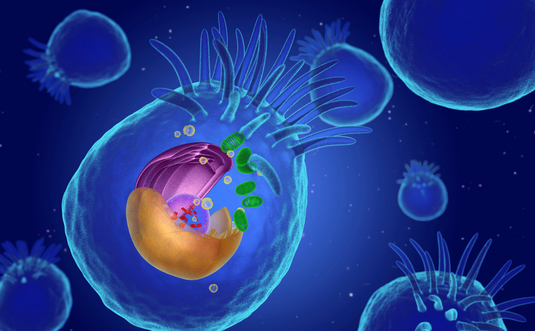Understanding a Rare Genetic Disorder
Bardet-Biedl Syndrome (BBS) is a rare and complex genetic disorder that affects multiple systems of the body. This condition is characterized by a range of symptoms, including vision problems, obesity, kidney abnormalities, polydactyly (extra fingers or toes), and intellectual disabilities.
Diagnosis
Diagnosing BBS can be challenging due to its diverse range of symptoms, which can vary in severity among affected individuals. Doctors typically conduct a comprehensive physical examination, assess medical history, and perform genetic testing to confirm the diagnosis. The presence of specific clinical features, such as vision issues, obesity, and polydactyly, can aid in diagnosis.
Causes
BBS is primarily a genetic disorder, and mutations in several genes have been associated with its development. These genes play essential roles in the function and structure of cilia—tiny, hair-like structures involved in cell signaling and various bodily processes. Defects in cilia function due to gene mutations result in the diverse range of symptoms seen in BBS.
Prevalence
Bardet-Biedl Syndrome is considered rare, with an estimated prevalence of about 1 in 100,000 to 1 in 160,000 individuals worldwide. It can affect people of all ethnic backgrounds and is inherited in an autosomal recessive pattern, meaning both parents must carry a copy of the mutated gene for a child to develop the condition.
Current Research
Research efforts in Bardet-Biedl Syndrome are focused on understanding the underlying genetic mechanisms, identifying new genes associated with the disorder, and developing potential treatments to manage its symptoms.
Current Areas of Research in BBS:
- Genetic Studies: Researchers are conducting genetic studies to identify additional genes associated with BBS, aiming to broaden the understanding of its genetic basis and the role of cilia in cellular function.
- Treatment Approaches: Studies explore potential therapies to manage specific symptoms of BBS, such as vision problems, kidney abnormalities, and obesity. This includes investigating pharmacological interventions and specialized treatments tailored to address individual symptoms.
- Cilia Function Research: Understanding the function of cilia and their role in cell signaling pathways is a key area of focus. Researchers aim to unravel the complex mechanisms involved in cilia-related disorders like BBS, potentially leading to novel therapeutic targets.



